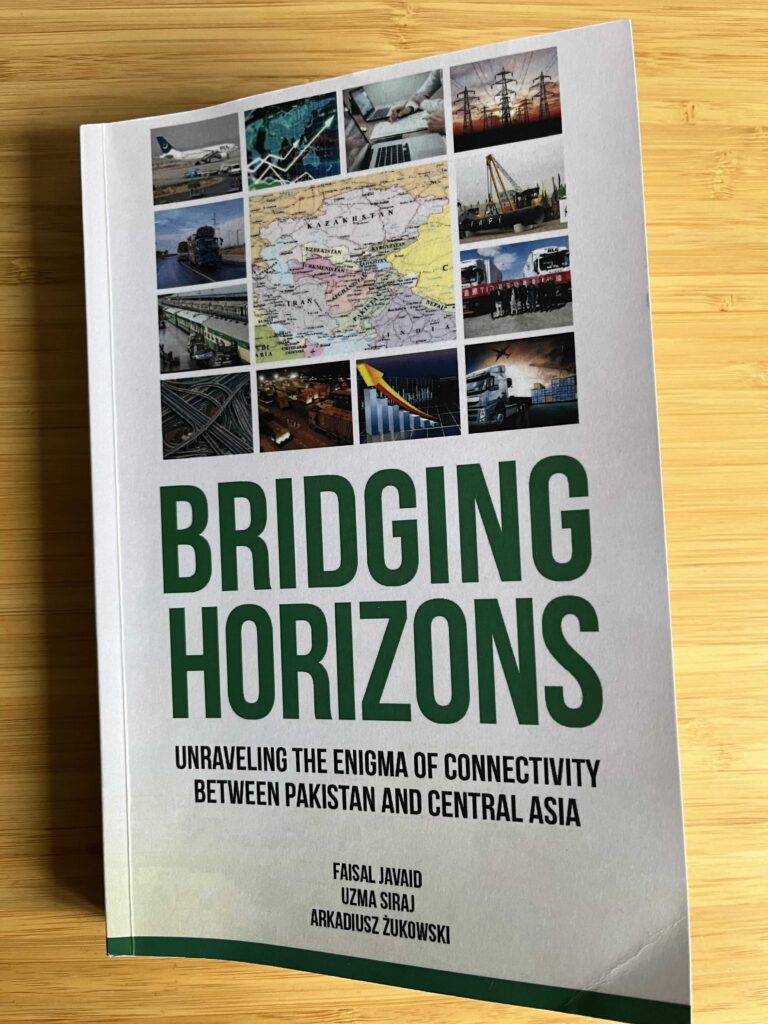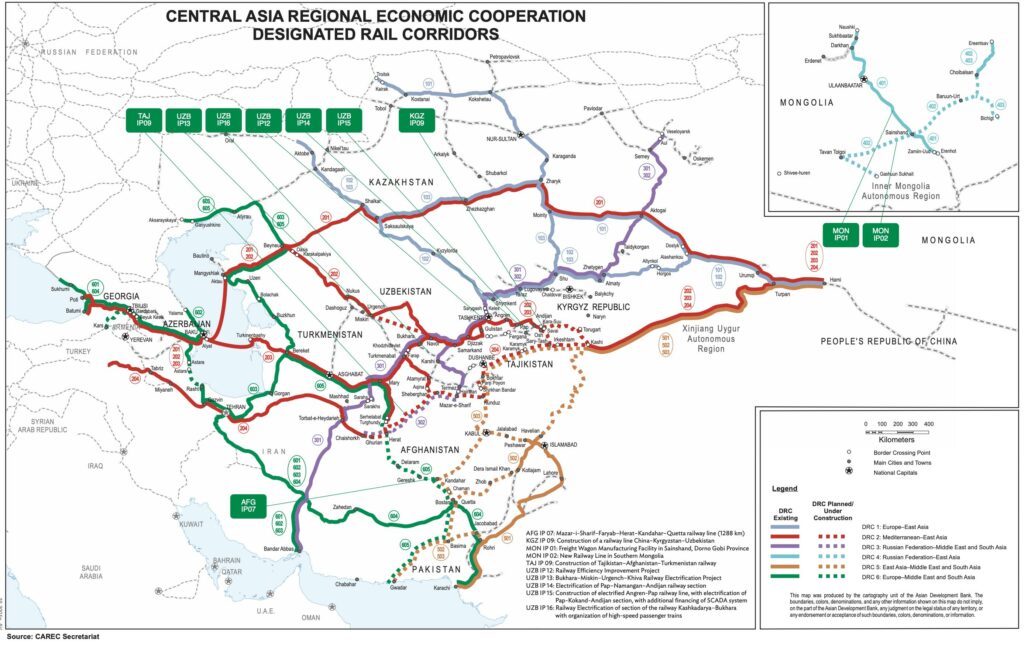Versailles, France
« So close, yet so far » it is indeed an enigma, that Pakistan 
In Eurasia, it is not only about your close neighbourhood. It is about reaching as far as the Middle East, Europe and shaking up the geoeconomics by connecting the Russian Federation 


This book is a must-read if you want a clear and thorough view of the challenges and hurdles to achieve this connectivity. I found it to be particularly insightful in the context of railways and three specific projects : Trans-Afghan Railway Line, the CPEC (China-Pakistan Economic Corridor) and the CAREC Corridors (Central Asia Regional Economic Cooperation Program).
Railways present clear advantages in terms of safety, capacity, sustainability and spill-overs, both economic (there is an entire technology-advanced industry behind it) or educational with respect to training a skilled work-force and building an entire ecosystem around it (Uzbekistan trains Afghani Railway Engineers within the Framework of the Trans-Afghan Railway program).
Yet the hurdles facing connectivity are magnified in the case of railways, an inherently complex industry. Inadequate regulatory frameworks and insufficient institutional capacity do not help with the multi-stakeholder complexity that is characteristic of railways (Railway Undertakings, Infrastructure Managers, Entities in Charge of the Maintenance, safety authorities, etc) and the heavy investments needed by railway infrastructure.

Keep in mind that we are dealing with a scale that eclipses anything we might know in Europe (Rail Freight Network), with a comparatively much wider cultural gradient of languages, faiths and visions of life. Historically inherited technical hindrances to interoperability (3 different gauges, Russian, standard, and wide gauge) do not help and neither do the harsh climate conditions that vary from the desert regions of Turkmenistan to the cold winters of the Karakoram.
Add to that political unrest in the one central hub (Afghanistan). Sure connectivity fosters interdependence and ultimately stability, but the causality remains in one direction : stability is a bedrock for major infrastructure projects.More importantly, this is a context of competing and overlapping political projects where each country tries to strike the right balance between further integration and sacred sovereignty, between regional and global powers.
This book explains this enigma and will help anyone engaged in the dream of reviving the Silk Roads !



